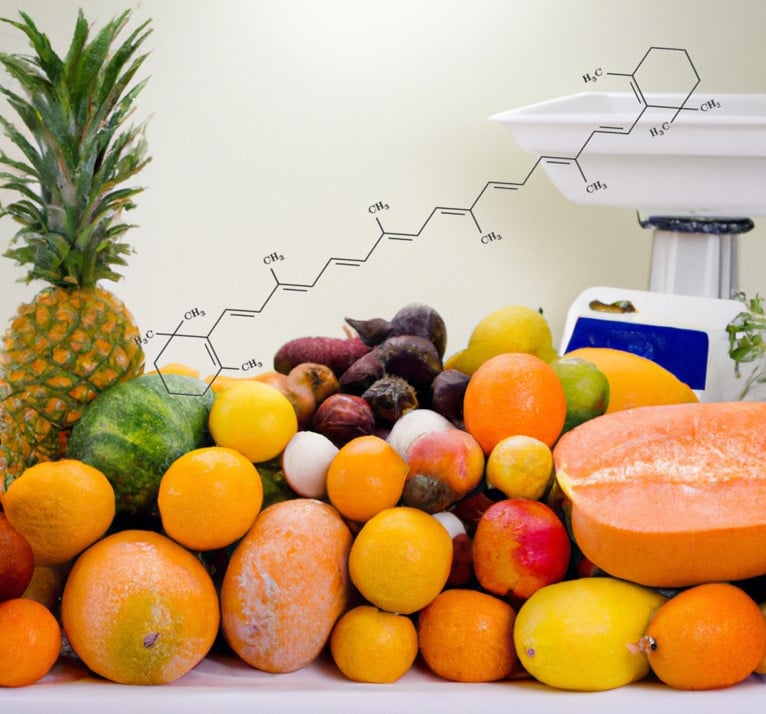Unraveling the Mysterious Effects of β-Carotene on Alzheimer’s Disease
Alzheimer’s disease (AD) is a devastating neurodegenerative disorder that affects millions of people worldwide. One of the main features of this disease is the formation of amyloid-beta (Aβ) aggregates in the brain, which are believed to play a critical role in the development of AD. Scientists have been exploring various strategies to prevent or treat AD, including the use of natural compounds like β-carotene. In a recent study, researchers investigated how β-carotene affects the structure of Aβ aggregates, providing new insights into potential therapeutic approaches.
What is β-carotene, and how is it related to Alzheimer’s disease?
β-carotene is a natural antioxidant found in fruits and vegetables, such as carrots and sweet potatoes. Previous research has suggested that β-carotene may help prevent neurodegenerative diseases, including AD. It has been found that lower levels of β-carotene in the blood are associated with a more severe form of AD. Moreover, β-carotene has been shown to inhibit the aggregation of Aβ proteins, which can potentially slow down the progression of AD.

Molecular imaging with Ultra-flat gold
To better understand the impact of β-carotene on the structure of Aβ aggregates, the researchers in this study used a cutting-edge technique called atomic force microscopy (AFM) combined with infrared (IR) spectroscopy. This powerful method allows scientists to study the secondary structure of individual Aβ aggregates at the nanoscale level. An essential component of this technique is the use of ultra-flat gold substrates from Platypus Technologies, which provide an ideal surface for the AFM-IR analysis.
Key findings: β-carotene changes the secondary structure of Aβ aggregates
The researchers discovered that β-carotene does not simply inhibit the formation of Aβ fibrils, as was previously believed. Instead, it significantly alters the secondary structure of these fibrils, promoting a disordered arrangement that lacks the characteristic ordered beta-sheet structure typically found in Aβ aggregates.
These findings are particularly interesting because they suggest that β-carotene does not necessarily prevent the formation of amyloid fibrils but rather changes their structure. This structural change might potentially reduce the toxic effects of these aggregates on brain cells, offering new insights into potential therapeutic strategies for AD.
Conclusion
This study highlights the power of combining advanced techniques like AFM-IR spectroscopy with high-quality materials such as ultra-flat gold from Platypus Technologies to unravel the mysteries of complex diseases like Alzheimer’s. By gaining a deeper understanding of how natural compounds like β-carotene interact with Aβ aggregates, researchers are getting closer to finding effective ways to prevent or treat this devastating disease.
As a citizen scientist, you can appreciate the importance of scientific research and the potential impact it has on the lives of millions of people. By staying informed about the latest discoveries, you can develop a better understanding of complex topics. Keep exploring, asking questions, and stay curious about the world around you!